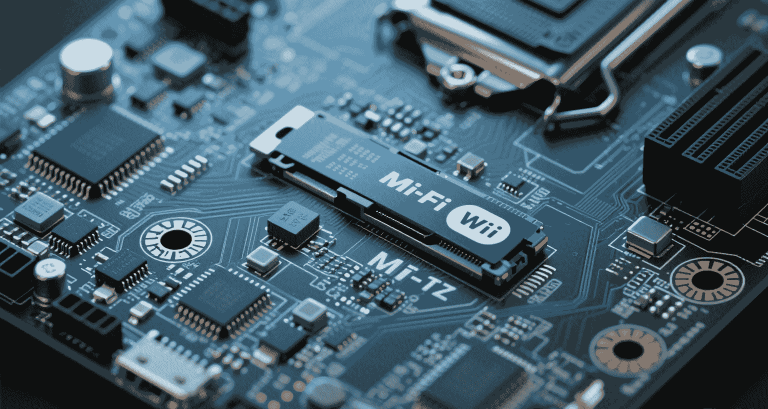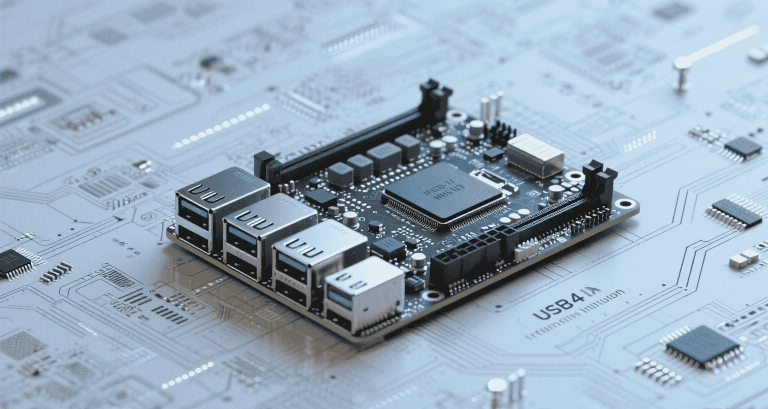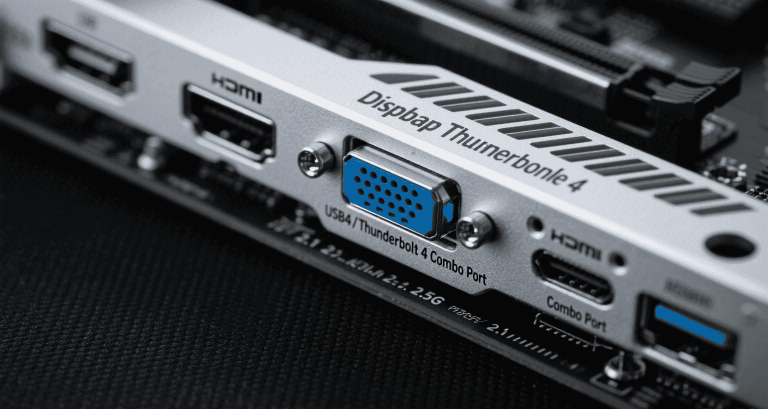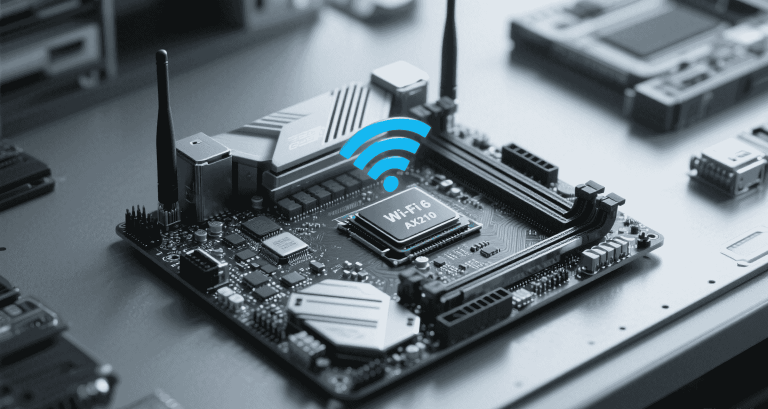Is DDR5 Better than DDR4 for Industrial Applications
DDR5 offers faster speeds, increased bandwidth, and improved power efficiency compared to DDR4 memory modules.
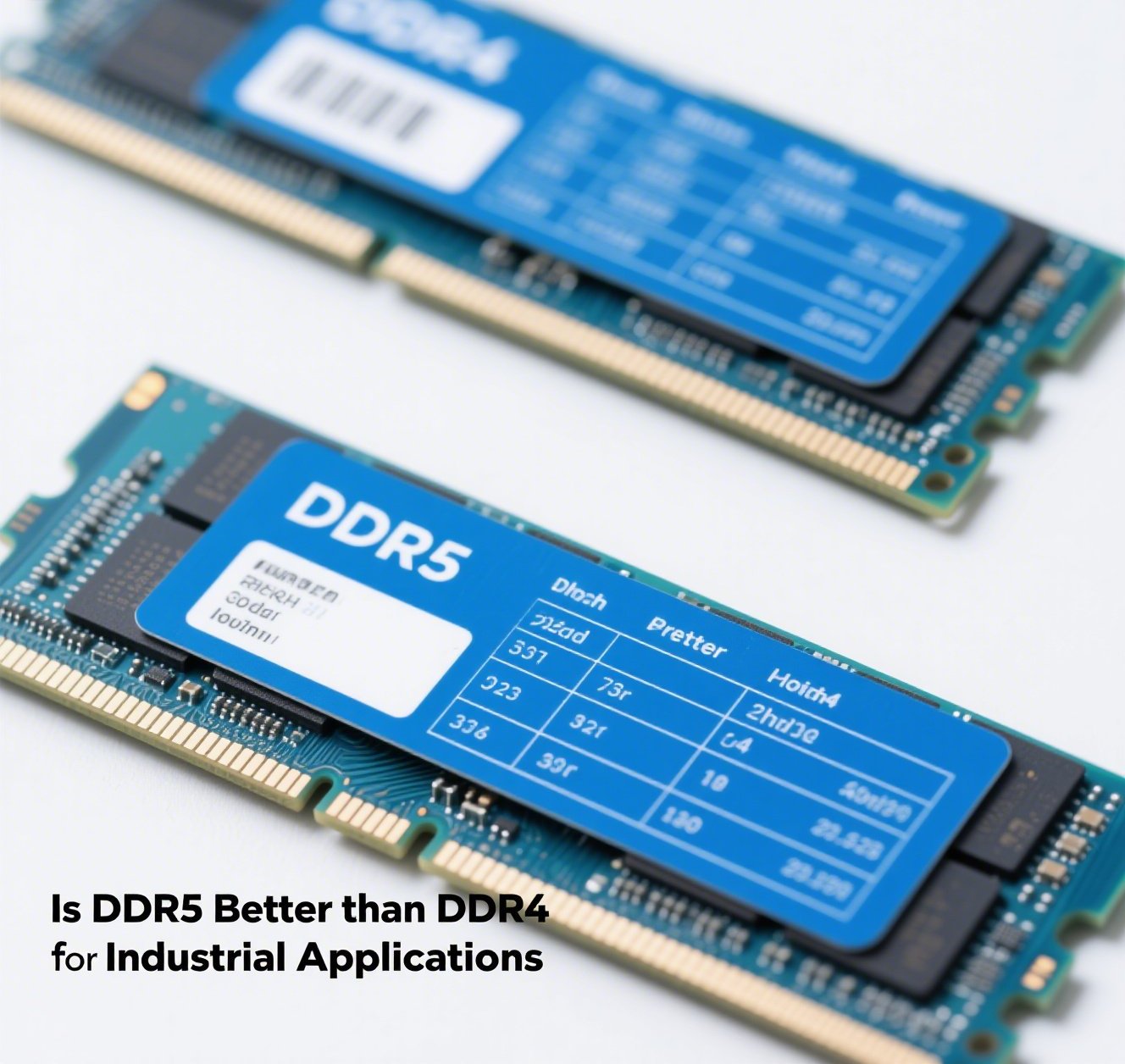
Introduction
In today’s industrial computing landscape, memory technology plays a more vital role than ever. Whether you’re managing real-time control systems, running AI models at the edge, or optimizing automation pipelines, your choice of RAM—DDR4 or DDR5—can significantly impact performance, reliability, and efficiency. As experts in embedded systems at miniitxboard, we’ve tested both technologies across multiple platforms and use cases. In this article, we’ll help you determine whether DDR5 is the right investment for your industrial infrastructure.
Why Memory Matters in Industrial Environments
In industrial environments, the requirements for memory are different from consumer-grade systems. Industrial applications often involve real-time responsiveness, long operational lifespans, and stringent power or thermal constraints. Memory bottlenecks can cause delays in control loops, slow down AI inference times, or even cause operational failure in harsh conditions.
Here are key characteristics that memory must support in industrial use cases:
- High bandwidth for real-time analytics
- Low latency for control systems and robotics
- Rugged, thermally tolerant designs
- Energy efficiency for fanless or edge systems
With the introduction of DDR5, engineers are now asking: Is the performance gain worth the upgrade?
Technical Differences: DDR4 vs DDR5
Let’s first look at the major architectural differences between DDR4 and DDR5 memory modules. DDR5 isn’t just an evolutionary step—it introduces substantial changes to the memory subsystem.
| Feature | DDR4 | DDR5 |
|---|---|---|
| Maximum Data Rate | 3200 MT/s | Up to 8400 MT/s |
| Voltage | 1.2V | 1.1V |
| Channels | 1 x 64-bit | 2 x 32-bit (subchannels) |
| Module Capacity | Up to 64GB | Up to 128GB (and beyond) |
| Error Correction | External ECC (server only) | On-die ECC |
DDR5 Advantages in Industrial Settings
Based on our hands-on evaluations at miniitxboard, here are the most compelling benefits of DDR5 in industrial environments:
- Increased Bandwidth: DDR5 doubles the bandwidth compared to DDR4, which is essential for data acquisition systems and high-resolution machine vision.
- Higher Capacity: With modules up to 128GB, you can run large AI models or multiple virtual machines without needing additional RAM slots.
- Improved Efficiency: Lower voltage (1.1V) and integrated power management chips (PMIC) reduce board complexity and improve thermals in fanless enclosures.
- Enhanced Reliability: Built-in on-die ECC helps prevent silent data corruption—crucial in critical process control and instrumentation systems.
Drawbacks of DDR5
Despite its strengths, DDR5 does have drawbacks that matter in cost-sensitive or legacy industrial deployments:
- Cost: DDR5 modules and motherboards are currently more expensive than DDR4 setups.
- System Compatibility: DDR5 requires new chipsets (e.g., Intel 12th Gen+ or AMD Ryzen 7000+), which may not be viable in retrofit or legacy industrial PCs.
- Latency: While DDR5 has higher bandwidth, latency is often slightly higher than DDR4, depending on the use case and firmware tuning.
Use Case Spotlight: Real-Time Systems
Real-time applications such as PLCs, CNC controllers, and SCADA interfaces demand consistent and predictable memory behavior. The split-channel architecture of DDR5 can actually reduce contention and improve effective latency under parallel load, despite higher CAS latency specs. For real-time workloads spread across multiple CPU cores, DDR5 outperforms DDR4 in throughput and determinism when configured correctly.
Power and Thermal Management
One of DDR5’s underrated advantages is power efficiency. Operating at just 1.1V and offloading power management to on-module PMICs means fewer components on your motherboard and better thermal isolation. In compact fanless systems where every watt matters, DDR5 delivers a noticeable advantage.
System Integration and Compatibility
Before upgrading to DDR5, make sure your system meets the platform requirements. DDR5 is not backward compatible with DDR4, so you’ll need:
- A DDR5-capable CPU (Intel Alder Lake or AMD Ryzen 7000+)
- A motherboard with DDR5 DIMM slots
- BIOS support for JEDEC-standard DDR5 speeds
At miniitxboard, we offer industrial-grade Mini-ITX and SBCs with validated DDR5 support to simplify integration.
DDR5 Bandwidth Growth Over Time
Below is a graphical comparison of the evolution in memory bandwidth over time between DDR4 and DDR5
Cost vs ROI
The question of cost is critical. On average, DDR5 modules are about 30–50% more expensive than their DDR4 counterparts. However, in a 24/7 industrial deployment, the cost can be recouped over time through:
- Lower power consumption (saves electricity)
- Better thermal behavior (reduces active cooling)
- Higher capacity per module (reduces physical space requirements)
- Improved reliability (reduces downtime and service cost)
From a Total Cost of Ownership (TCO) standpoint, DDR5 can offer better ROI over a 5–7 year deployment lifecycle.
Q&A: Frequently Asked Questions
- Is DDR5 always better than DDR4? Not always—DDR5 excels in bandwidth and scalability but may not be cost-effective in legacy or low-throughput applications.
- Can DDR5 help with AI workloads? Yes. Its bandwidth and higher capacity directly benefit AI inference at the edge or in vision systems.
- Does DDR5 generate less heat? Yes, thanks to lower voltage and better power delivery management.
- Is DDR5 compatible with older CPUs? No. DDR5 requires CPUs with integrated DDR5 memory controllers.
- Does miniitxboard offer DDR5 systems? Absolutely. Our new industrial Mini-ITX systems support DDR5 up to 128GB and are built for rugged environments.
Conclusion
To wrap it up, DDR5 is more than just a faster memory standard—it’s an architecture built for the future. If you’re deploying mission-critical, high-bandwidth, or AI-driven applications, DDR5 provides tangible advantages in throughput, efficiency, and long-term scalability. However, for legacy systems or budget-constrained projects, DDR4 still holds its ground in the industrial landscape.
Final Verdict: For future-proof industrial systems, DDR5 is the right choice—especially when paired with platforms engineered by miniitxboard.

